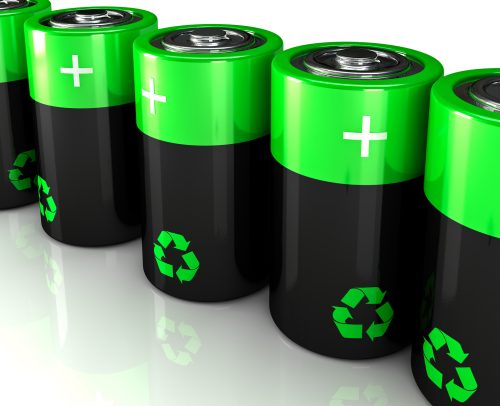Secondary power sources represented by lithium-ion batteries have been widely used in mobile electronic devices, electric vehicles, large-scale energy storage and other fields. Although high-energy energy storage devices such as lithium-ion batteries have made great progress in recent years, they still have disadvantages such as high cost and slow charging and discharging speed.
Based on the morphology, structure, composition and other characteristics of typical non-metallic minerals, it is expected to improve the energy density and safety of electrochemical energy storage devices by applying them to key materials such as electrode materials or electrolytes for electrochemical energy storage devices. And significantly reduce battery costs, while realizing high-value utilization of mineral resources.
1. Natural graphite
Graphite is currently the mainstream anode material for lithium-ion batteries. LiC6, a lithium-carbon interlayer compound, is formed after lithium ions are intercalated during charging, and its theoretical capacity is 372mAh/g.
Natural graphite can usually be divided into crystalline and aphanitic graphite, and the negative electrode material generally uses natural flake crystalline graphite as raw material. Compared with artificial graphite, natural graphite has high capacity, high compaction density and lower price. However, the “peeling” of the graphite layer is caused by the intercalation of solvent molecules with lithium ions during the charging process, resulting in a large irreversible capacity loss and poor cycle performance in the first cycle. Therefore, it is necessary to modify natural graphite to improve its own structural defects and improve battery performance.
2. Diatomaceous earth
Diatomite is formed by the deposition of diatoms in oceans or lakes after death. Its chemical composition is mainly SiO2, accounting for more than 80% of diatomite, and contains a small amount of impurities such as Al and Fe.
Porous silicon particles can be prepared from diatomite by magnesia thermal reduction method, and combined with various forms of carbon materials to form a three-dimensional conductive network to form a composite electrode, which exhibits excellent electrochemical performance.
3. Zeolite
Natural zeolites can also be used as raw materials for the preparation of silicon-based materials. Zeolite is a hydrated crystal composed of TO4 (T stands for Al or Si) tetrahedron, and the silicon-oxygen tetrahedron and the aluminum-oxygen tetrahedron are connected by sharing oxygen atoms.
4. Clay minerals
Clay minerals such as attapulgite, montmorillonite, halloysite, and sepiolite have rich structures and morphologies, and can be used to prepare silicon materials with different micromorphologies.
In addition, silicon nanorods (SNRs) prepared from natural sepiolite have a large specific surface area (122m2/g) and a porous structure, which can also alleviate the volume expansion of silicon materials during charging and discharging, showing excellent performance. electrochemical performance. In addition, using montmorillonite/crystal violet as raw materials, silicon/nitrogen-doped graphene-like carbon composites (Si/NG) were prepared by carbonization in situ synthesis method, which has good rate performance and cycle performance.
Other clay minerals such as vermiculite and halloysite have also been used to prepare silicon-based anode materials. Clay minerals are rich in variety, low in cost, and can prepare silicon materials with different configurations by selecting mineral structures, so they are an ideal raw material.
5. Black talc
Black talc is a general term for black and gray-black talc, and the organic carbon contained in it is the main reason for its blackening. Inspired by this, FAN et al. obtained a graphene-like sheet-like carbon material from natural black talc, and explored the mechanism of different preparation conditions affecting its lithium storage performance. The study found that as the negative electrode material of lithium-ion batteries, the carbon electrode with F-C groups on the surface has a higher lithium storage specific capacity, but the rate performance is reduced; after heat treatment to remove the surface groups, the conductivity of the carbon material is improved, so it shows High rate performance and good cycle performance are achieved, which are far superior to the electrochemical performance of commercial graphite.


